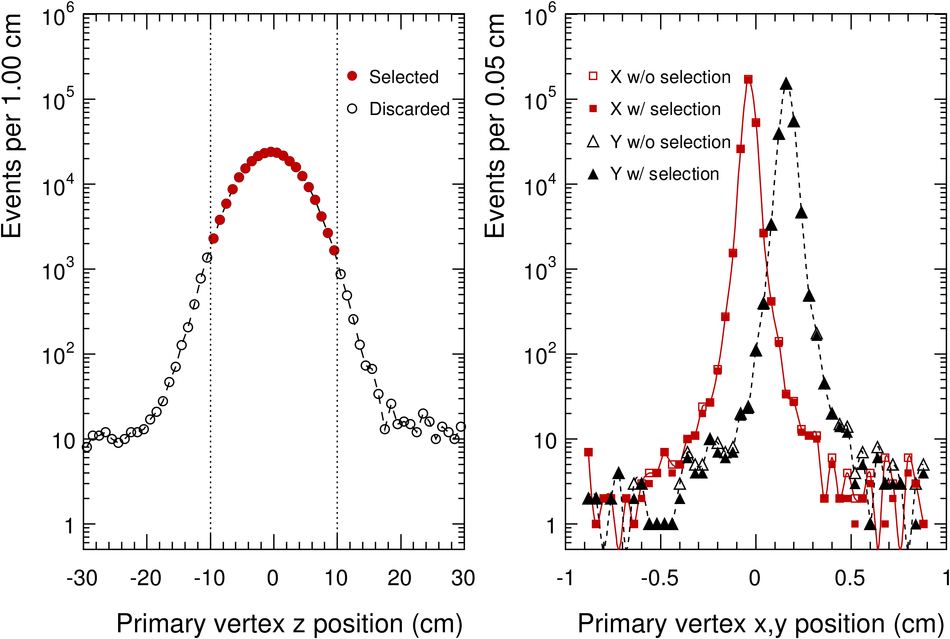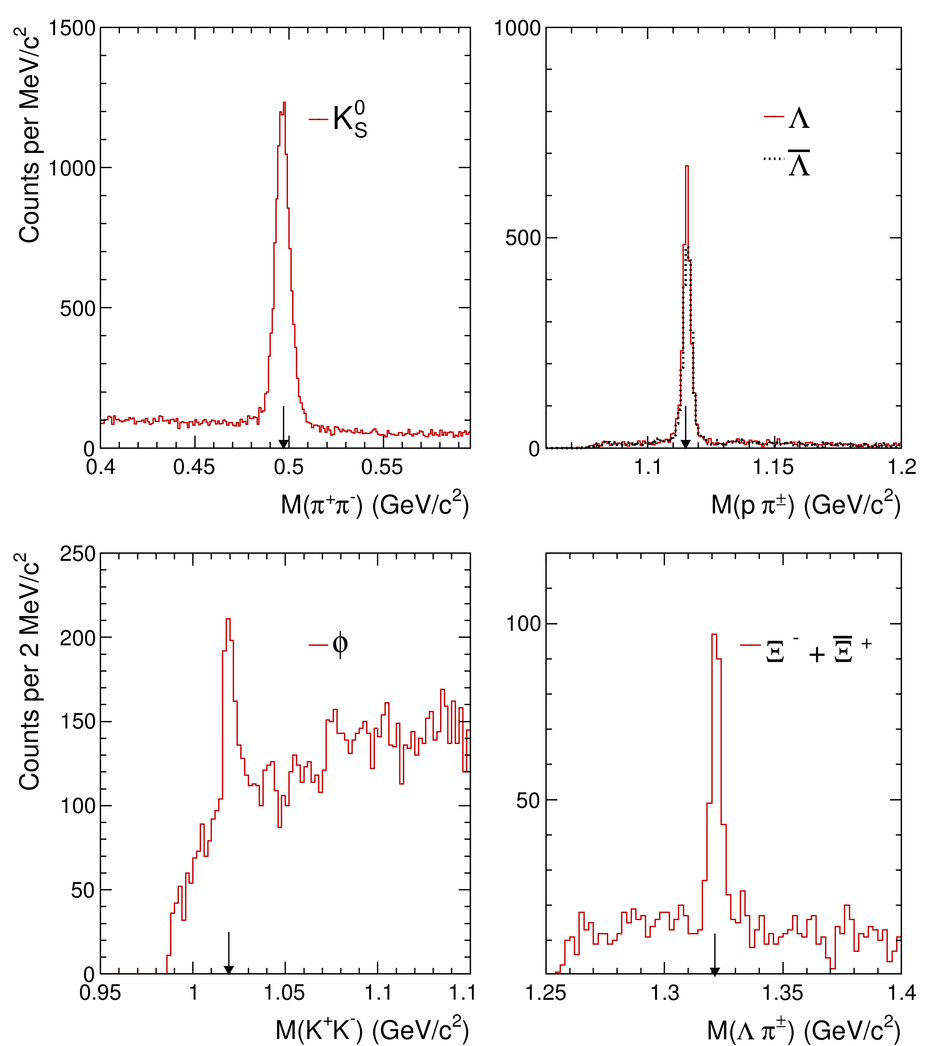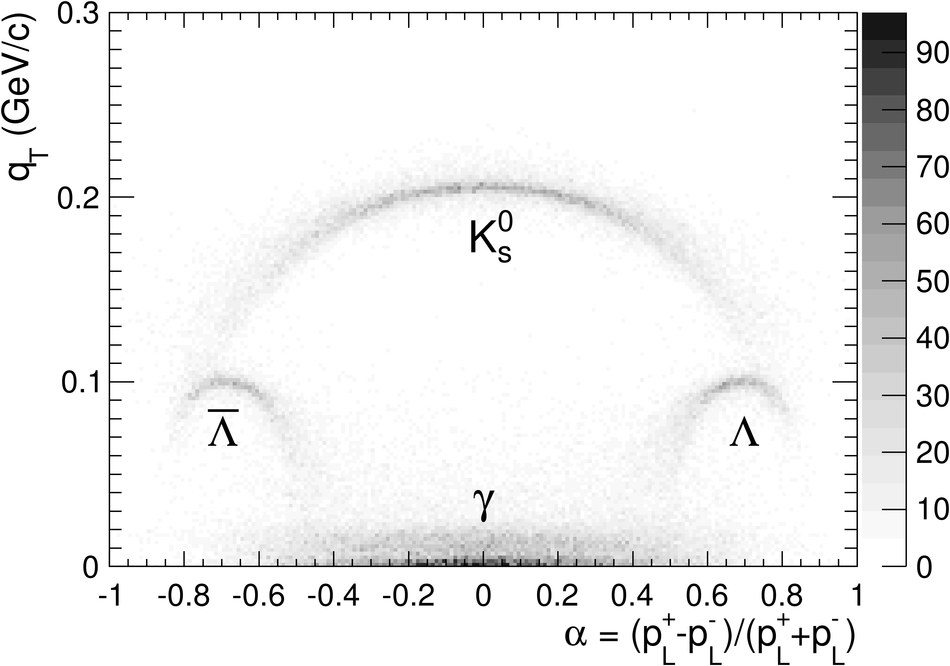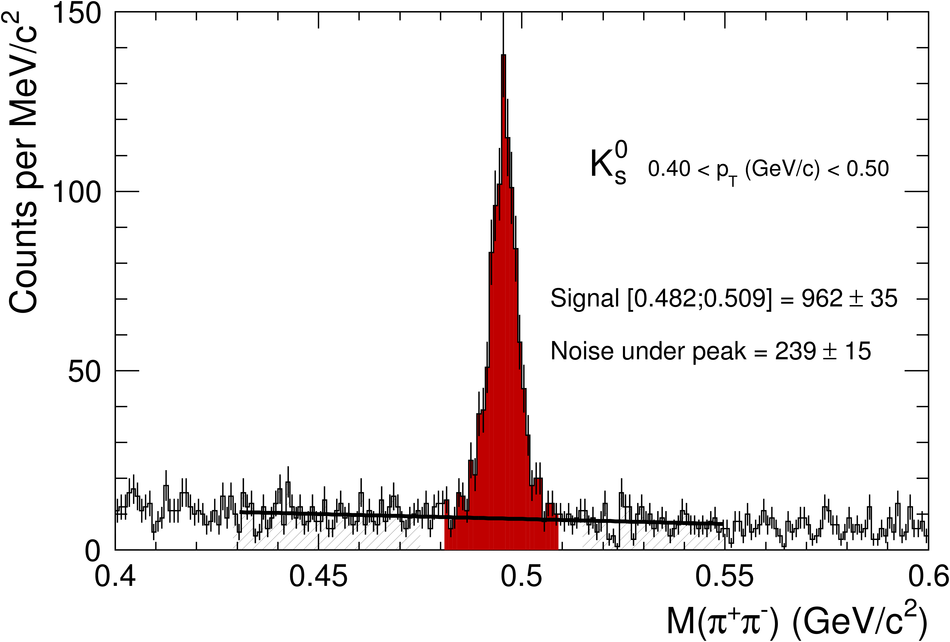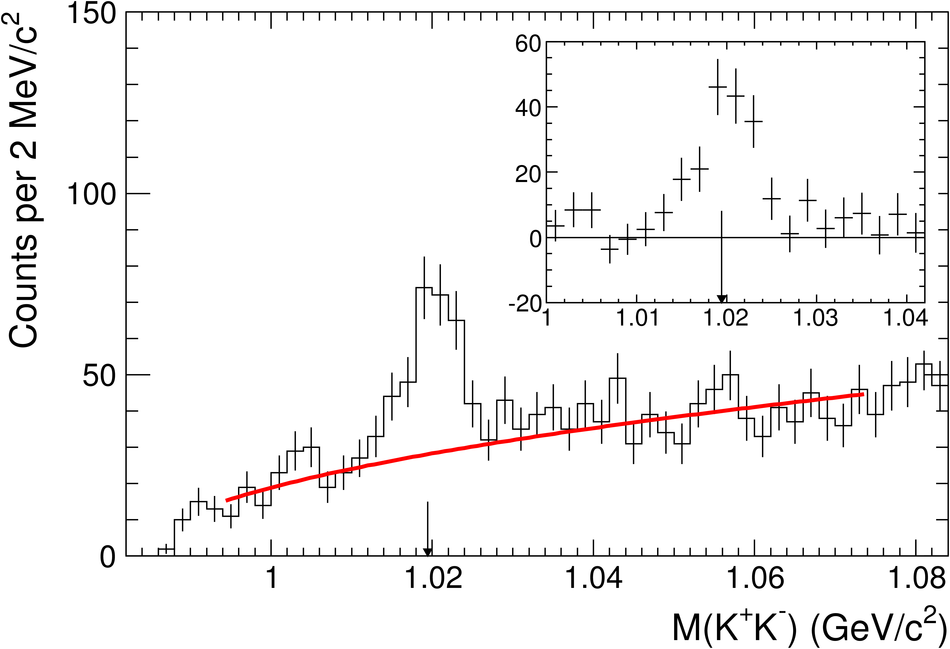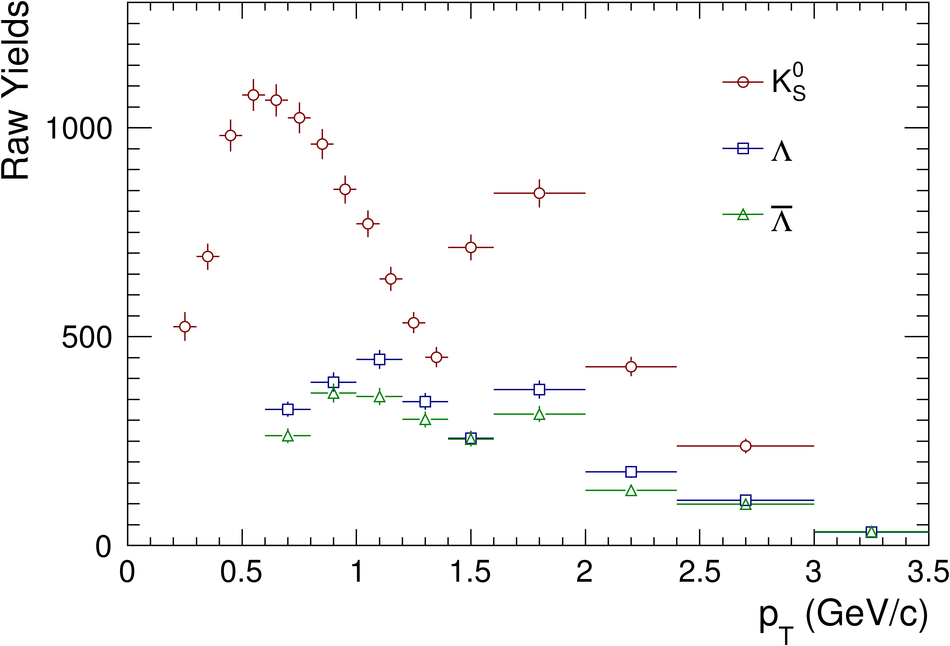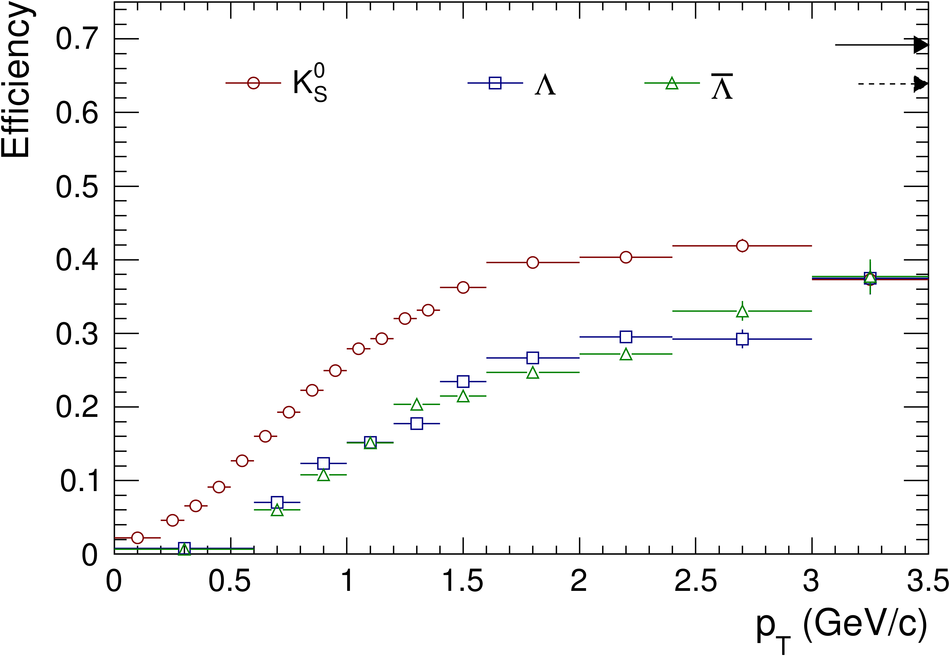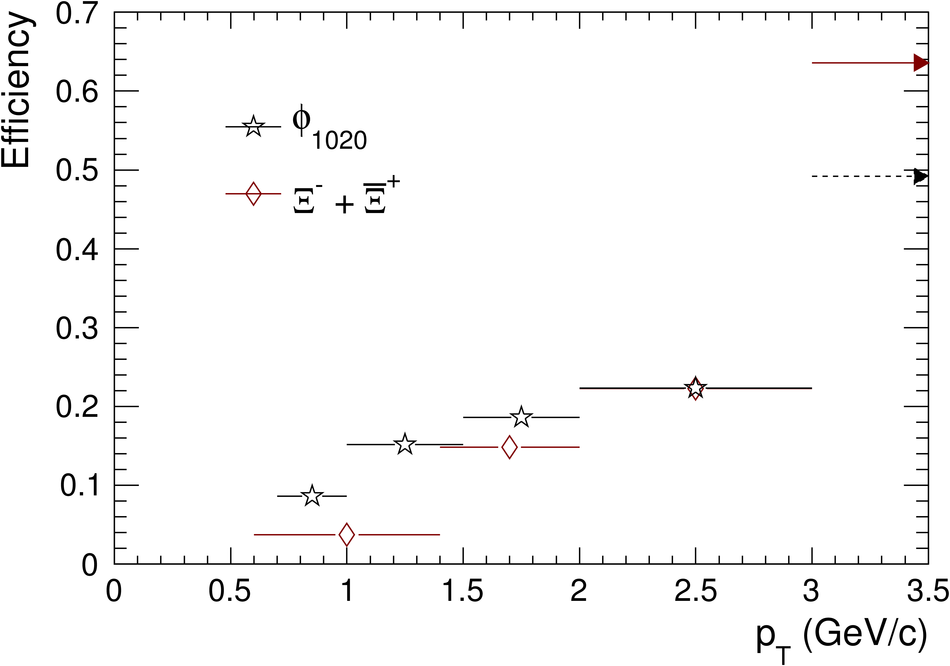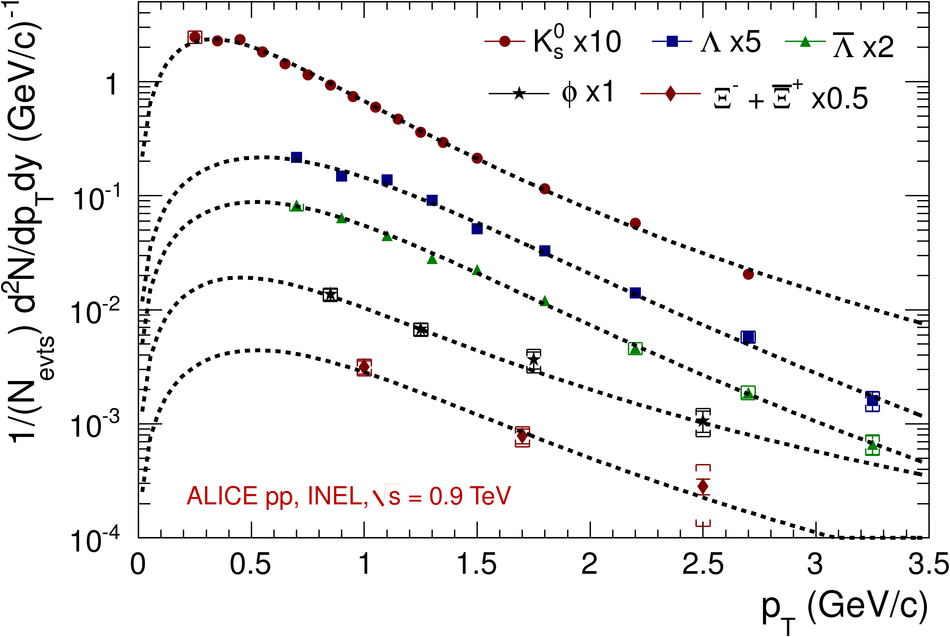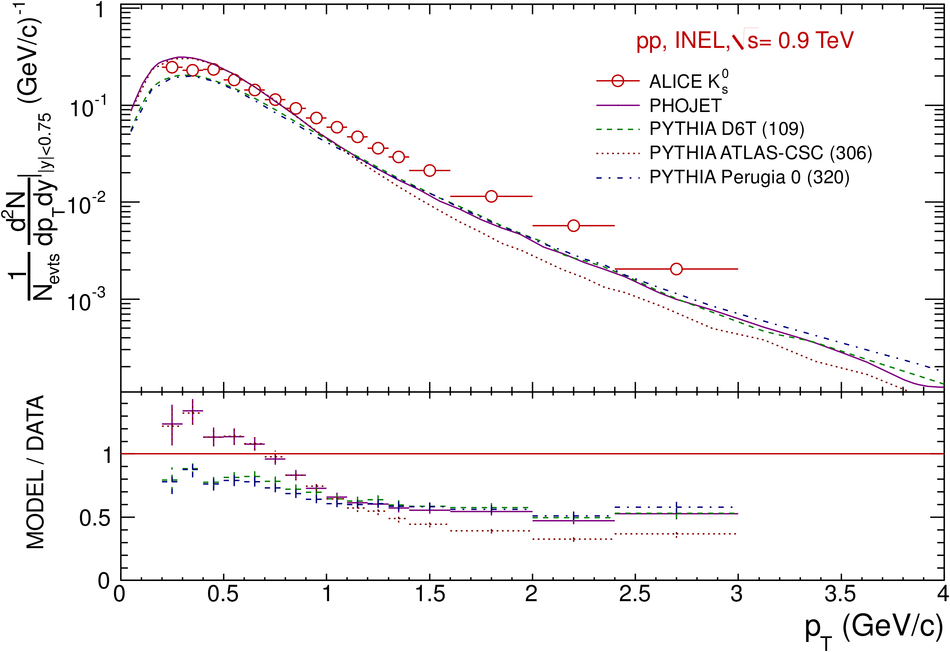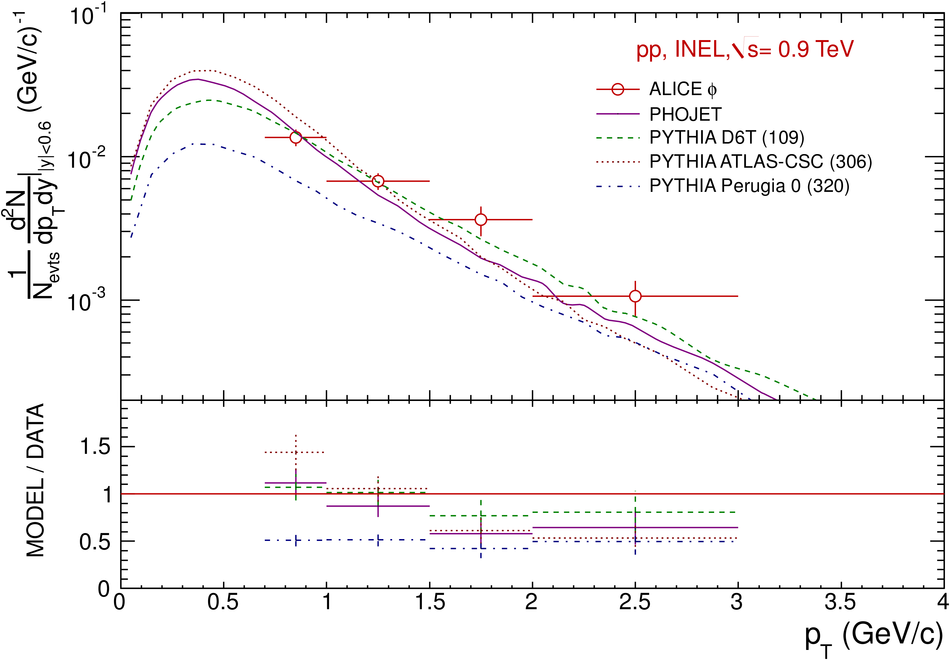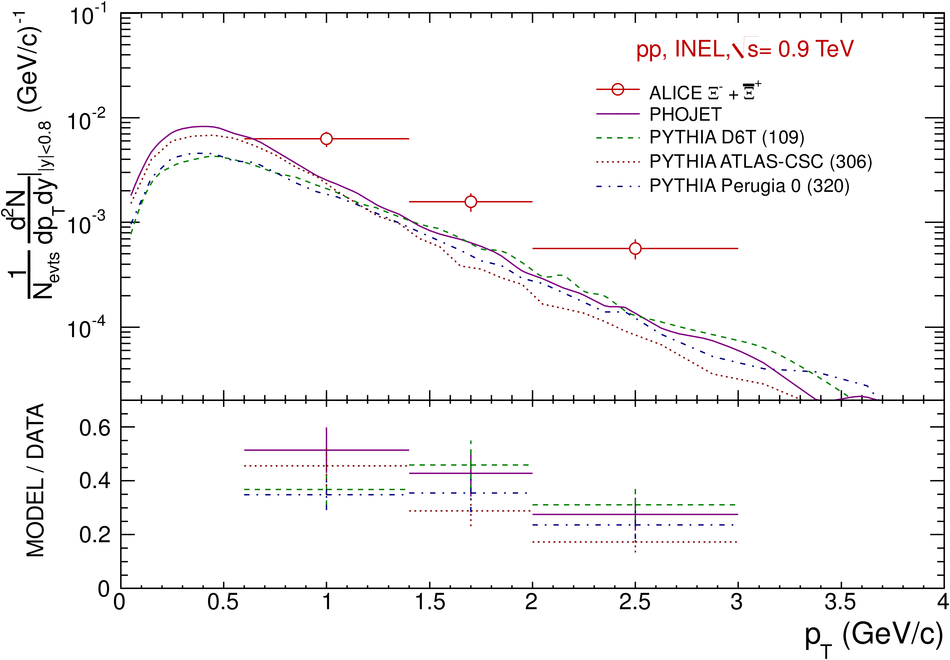The production of mesons containing strange quarks (K0s, phi) and both singly and doubly strange baryons (Lambda, Anti-Lambda, and Xi+Anti-Xi) are measured at central rapidity in pp collisions at $\sqrt{s} = 0.9$ TeV with the ALICE experiment at the LHC. The results are obtained from the analysis of about 250 k minimum bias events recorded in 2009. Measurements of yields (dN/dy) and transverse momentum spectra at central rapidities for inelastic pp collisions are presented. For mesons, we report yields ($\left< dN/dy\right>$) of $0.184 \pm 0.002 (stat.) \pm 0.006 (syst.)$ for K0s and $0.021 \pm 0.004 (stat.) \pm 0.003 (syst.)$ for phi. For baryons, we find $<dN/dy> = 0.048 \pm 0.001 (stat.) \pm 0.004 (syst.)$ for $Lambda$, $0.047 \pm 0.002 (stat.) \pm 0.005 (syst.)$ for Anti-Lambda and $0.0101 \pm 0.0020 (stat.) \pm 0.0009 (syst.)$ for Xi+Anti-Xi. The results are also compared with predictions for identified particle spectra from QCD-inspired models and provide a baseline for comparisons with both future pp measurements at higher energies and heavy-ion collisions.
Eur. Phys. J. C 71 (2011) 1594
HEP Data
e-Print: arXiv:1012.3257 | PDF | inSPIRE
CERN-PH-EP-2010-065

